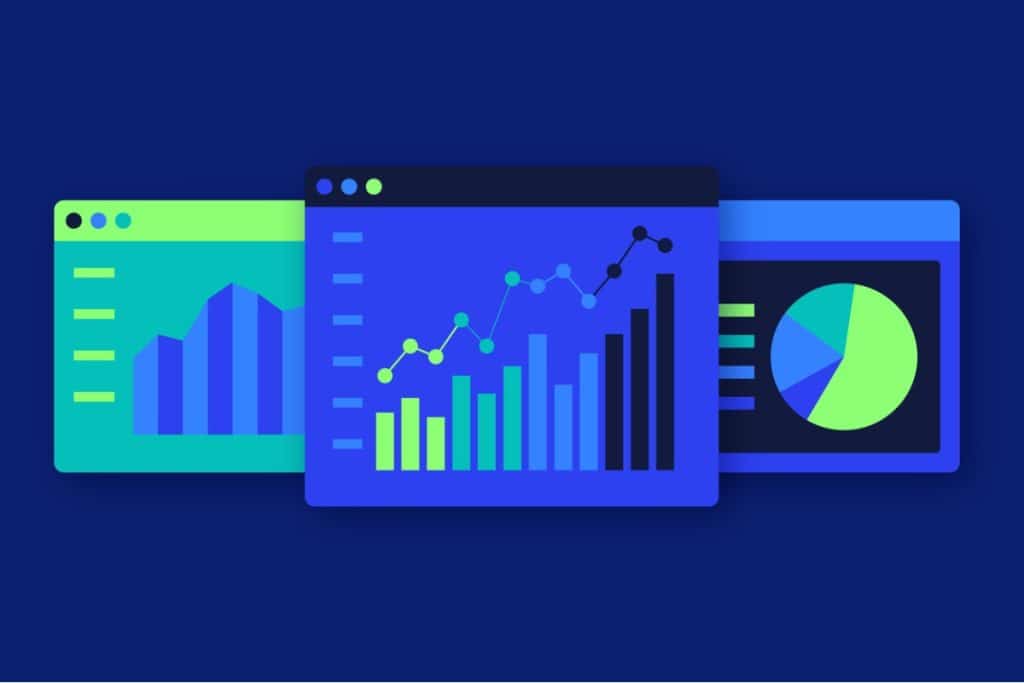
Are dashboards the answer to management oversight in law firms?
Visibility is crucial for law firms. That’s why dashboards are now an important tool for providing detailed management oversight and helping your team stay on top of matters, writes Louise Edwardes, head of product at InfoTrack
How often have you found yourself wishing you had more insight into your matters? Or simply had everything available in one place so you can assess the progress of matters and easily scan for anything that needs attention?
Visibility is crucial for law firms. Data-driven decision making can improve risk and compliance management, identify bottlenecks, and increase productivity. That’s why dashboards are an increasingly important tool for providing detailed management oversight that can help you and your team stay on top of matters better.
Client onboarding is a great example. By digitising the process, the return of complete information has improved and is often returned faster — but the addition of a dashboard helps solicitors see the progress their client is making. No movement for several days? You can easily see which onboarding tasks your client has completed and follow up on those outstanding when everything is set out at a glance on a client onboarding dashboard.
Add to this automated reminders and you have an ecosystem that is relieving your team of some of the administrative burden normally associated with chasing essential onboarding information to open a matter.
Taking control of your matters
Dashboards are commonplace in our personal lives, from online banking to managing holiday bookings. So, it should be just as easy to access these data snapshots in legal practice too.
Visibility is at the core of management oversight, helping to prevent potential pitfalls before they become an issue. Matter tracking puts you in control, and dashboards are the tool to support you. They turn information into actionable insights that benefit you and your firm.
Such is the case with post completion tasks. The ability to access all key information about the post completion status of any matter in one place provides invaluable insight. By filtering matters by priority, or identifying impending risks such as upcoming deadlines or expiring priorities, dashboards can help mitigate risk and ensuring you adhere to compliance requirements.
This firm-wide visibility of matters also helps reduce bottlenecks by identifying them before they happen. Centralising information means fewer places to track down status updates, see where there is a hold up, or even spot when an individual may have a case load that is too high. Being able to gain clarity in the process earlier keeps you one step ahead — resulting in less stress for your team and better client satisfaction levels too.
Visualisation makes management oversight easier
Decision-making is easier when you can effectively assess your matters, and dashboards improve the visualisation of crucial information. Breaking down the conveyancing journey into key stages from onboarding to post completion, information is clear and consistent about the progress of a matter. You aren’t left guessing whether a search has been ordered or if requisitions have been raised against an AP1 — it’s all there, clearly laid out.
With dependency on sourcing information from multiple third parties, this clear snapshot highlights important information quickly. Whether it’s a lack of progression on a matter, upcoming deadlines, or missing information, dashboards clearly lay out the most pertinent details so you can take action swiftly.
Simpler audit trails
Audit trails may not be exciting, but they are essential. Dashboards can play a key role here too. By extrapolating compliance information quickly and accurately, dashboards make the reporting process less painful.
Whether it’s the SRA, CLC or CQS, regulators will request specific information that shows whether you’re taking all the necessary steps to protect the interests of your client. Using dashboards to monitor this in real time can not only help avoid mistakes before they happen, they also demonstrate to regulators that you’re taking risk and compliance seriously.
Proactivity is key
Taking a proactive approach to matter management with dashboards can dramatically improve your firm’s management oversight. With a clear picture up front, you can make informed decisions, take action when required, and keep ahead. Consider where dashboards can add value to your process and start to feel the benefits of better controls.



